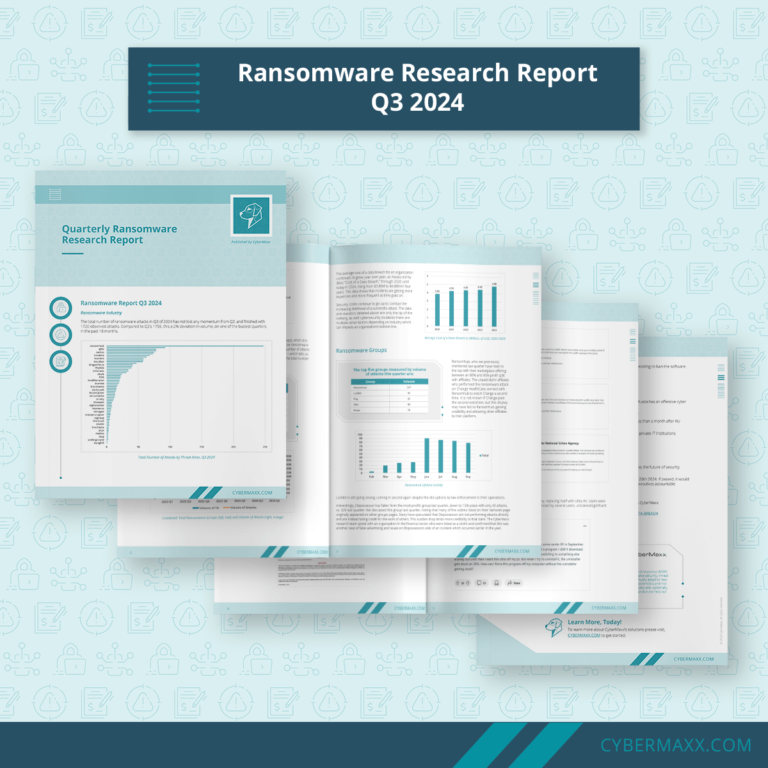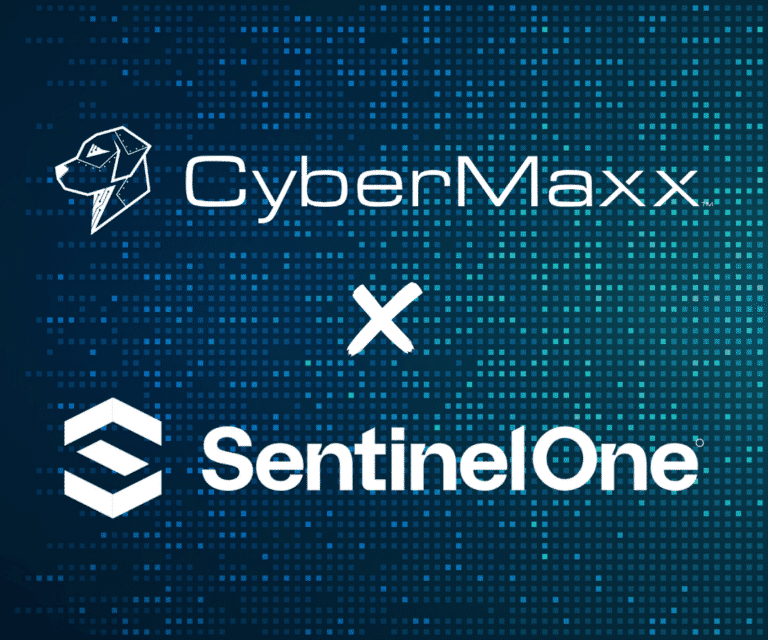Modern times have created devices, services and markets only thought of in a Philip K. Dick novel (For those not familiar with P.K. Dick’s writing, he’s behind such short stories that inspired Blade Runner and Minority Report).
One of these services that have become almost a necessity for organizations to have is cyber insurance.
What is Cyber Insurance?
A cyber insurance policy helps an organization pay for damages resulting from a successful cyberattack or data breach. In the event of such an incident, the policy can help cover the cost of investigation, crisis communication, legal services, and refunds to customers. Having this type of coverage in place can provide peace of mind in the event that your business is targeted by bad actors.
As data breaches and cyber-attacks become more common, the market for cyber insurance is booming. More businesses are feeling the effects of these attacks and are turning to insurance to protect themselves.
In fact, cyber insurance is one of the fastest-growing markets. The global cyber insurance market was valued at $7.7 billion in 2020 and is projected to grow to a staggering $20.4 billion by 2025 (Source).
Companies that suffer from a cyberattack can often find relief through cyber insurance, but this does not mean that they can forgo an all-encompassing cybersecurity program.
Think of it this way: drivers have car insurance to protect themselves from the monetary expenditure should an accident happen, but that’s only after the accident has happened. During the accident, the car launches out airbags to hold the driver and passengers safely inside the vehicle with restraints, and sometimes with newer cars, will divert the car from a collision altogether with modern technology.
The same goes for an organization incorporating security within their IT departments or working with a dedicated MDR provider similar to CyberMaxx. The people, processes, and technology implemented to help protect organizations from bad actors looking to breach assets is like those car safety features that are looking to prevent medical or property damage.
Put simply: Cybersecurity measures help prevent a data breach from happening so that cyber insurance isn’t necessary unless a breach occurs, which is much less likely with proper proactive measures deployed.
The Human Element
85% of data breaches are a result of human error (Source).
What does that mean? Typically it’s when an individual clicked on or downloaded something they weren’t supposed to and allowed malware of some kind to be installed in the organization’s networks, beginning the domino effect of a data breach.
In today’s market, insurance companies providing cyber liability coverage to businesses are increasingly requiring awareness training that includes regular phishing simulations. By regularly testing their employees’ ability to spot and avoid phishing scams, businesses can help protect themselves from the potentially devastating consequences of a successful cyber attack.
Cyber Insurance Is Calling The Shots
Organizations are increasingly being required by cyber insurers to implement security technologies in order to mitigate risk.
Why?
It makes sense. If an organization has an added security posture against cyber attacks, it has a heightened probability of preventing breaches and not even having to use the insurance policy.
Some of these technologies that insurance providers are requiring include:
- Endpoint detection and response (EDR) solutions
- Vulnerability Risk Management (VRM)
- Network Detection and Response (NDR)
- Security Information and Event Management (SIEM) technology
What’s The Worst That Can Happen?
Some organizations have been playing roulette with their security, or lack thereof, and foregoing additional security protection with the intent of just paying deductibles should a breach occur.
The insurance provider may get the last laugh If an organization does not have basic cybersecurity measures in place. Cases have been reported that insurers are not covering expenses associated with a security incident if the organization cannot prove that the required security measures weren’t met.
Why Managed Security Is Better
Some insurance providers are requiring a Managed Detection and Response (MDR) solution (Hint: CyberMaxx is both), instead of an organization just purchasing the minimum required solutions – i.e. EDR, VRM, SIEM, etc.
MDR Services are designed to help organizations quickly identify and respond to threats. By combining human expertise, processes, and technology, MDR can provide a comprehensive solution for threat hunting, monitoring, and response.
MDR solutions improve your organization’s threat detection and incident response, making organizations with an MDR/XDR solution more attractive candidates for cyber insurance providers.
An important benefit of MDR is that it helps reduce the impact of threats without the need for additional staffing. Without the need to hire additional staff, a company’s security posture is immediately increased as having this human expertise that’s been trained for years doesn’t have the typical ramp-up time required with building a team from scratch.
Good Protection Matters: To Hire MDR or Not to Hire MDR
In the end, what insurers are requiring not only protects their bottom line but will help protect organizations choosing to purchase cyber insurance policies.
At CyberMaxx we actively work with cyber insurance to help lower premium rates on the organization’s behalf.
Not only does the insurer benefit from having CyberMaxx as the MDR/XDR provider because of the 20+ year track record of thwarted attacks and protected assets in the healthcare, financial services, retail, and other heavily regulated industries – It’s proven that when an organization uses CyberMaxx as the protection provider, assets won’t go breached.





